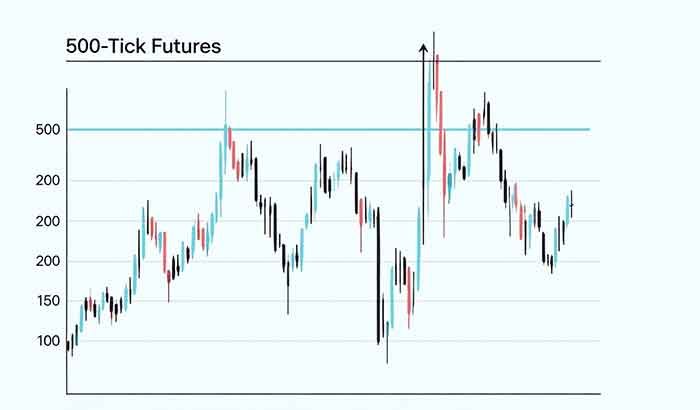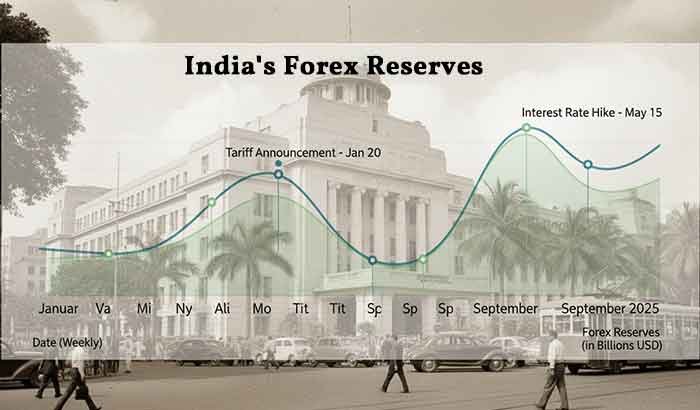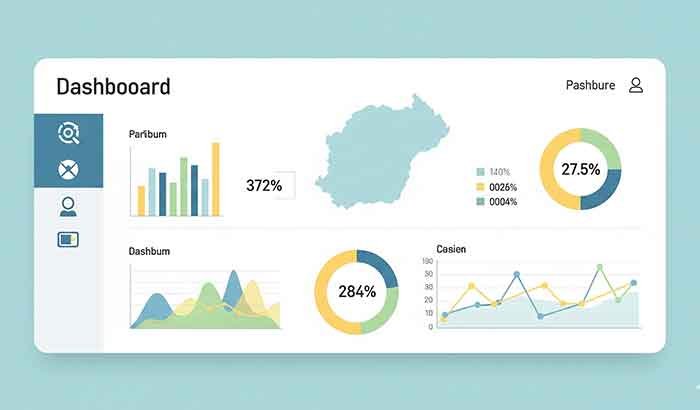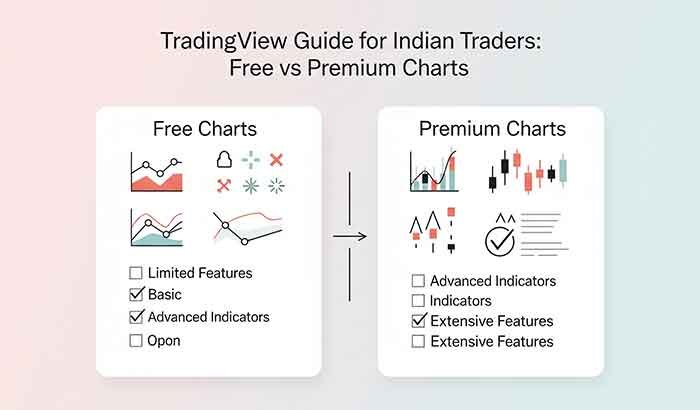Unraveling Colour Trading: The Hype, the Risks, and What Indian Traders Really Need to Know

You’re scrolling through Instagram late at night, and an ad pops up promising quick cash from a simple game—pick red or green, hit predict, and watch your ₹100 turn into ₹200 in under a minute. Sounds like a dream, right? But as someone who’s spent years navigating the wild world of Indian markets—from the NSE’s steady grind to the crypto rollercoaster—I’ve seen too many “easy wins” turn into empty wallets. That’s colour trading in a nutshell: a flashy, addictive twist on prediction games that’s exploded in popularity across India. If you’re an intermediate trader dipping your toes into this, you’re probably wondering if it’s the side hustle you’ve been waiting for… or just another shiny trap.
In this guide, we’ll cut through the noise. I’ll break down what colour trading actually is, how apps like Tiranga make it so tempting, and—most importantly—why it might not be the smart move your portfolio needs. Drawing from real user stories, regulatory red flags, and a bit of hard data, we’ll explore if this “game” has a place in your strategy. Let’s dive in, friend—because trading should build wealth, not gamble it away.
Read More: TradingView Guide for Indian Traders: Free vs Premium Charts
What Exactly Is Colour Trading? A Quick Reality Check
At its core, colour trading isn’t your grandpa’s stock picking. It’s a digital betting game disguised as “trading,” where you wager on the next color to pop up in a random sequence—usually red, green, or violet (sometimes with numbers thrown in for extra flair). Think of it like roulette on steroids, but squeezed into a mobile app. You deposit money via UPI, place a bet, and if you’re right, you double up (or close to it, minus fees). Wrong? Poof—it’s gone.
This isn’t some sophisticated algo play; it’s pure chance, powered by random number generators (RNGs) that platforms swear are fair. But here’s the rub: in India, where over 80 million people dabble in online gaming, colour trading apps have surged since 2022, blending gambling thrills with patriotic branding to hook users. Platforms like Tiranga Colour Trading tap into national pride—think tricolor vibes—making it feel less like a casino and more like a “desi game.”
For intermediate traders like you, who might already grasp candlestick patterns or RSI indicators, this could seem like a low-stakes breather. But pause: is predicting colors really “trading,” or just repackaged satta? I’ve chatted with folks who’ve lost weekends (and rent money) chasing that high—it’s engaging, sure, but engaging like quicksand.
Key mechanics at a glance:
- Bet Types: Single color (e.g., ₹50 on green for 2x payout) or parities (even/odd numbers tied to colors).
- Rounds: Lightning-fast—1-3 minutes per game, keeping dopamine flowing.
- Payouts: 1.9x to 2x on wins, but house edges eat into long-term odds.
If you’re eyeing this as a hobby, cool. But as a strategy? Let’s unpack the apps driving the buzz.
The Rise of Colour Trading Apps: From Tiranga to the Wild West of Downloads
No conversation about colour trading is complete without the apps—they’re the gateway, the addiction engine, and (often) the exit scam. In 2025, downloads have hit fever pitch, with apps promising “safe, fast, trusted” experiences. But are they?
Take Tiranga Colour Trading, the poster child. Launched around 2023, it’s got that saffron-white-green allure, pulling in millions with sign-up bonuses up to ₹600 and referral perks. You download the APK (often from shady sites, since it’s not always on official stores), register with a phone number, add funds via Paytm or bank transfer, and boom—you’re predicting colors in themed rooms like “Aviator” or “WinGo.” Users rave about the slick UI and instant withdrawals… until they don’t. Reports of frozen accounts post-big wins aren’t rare, and in June 2024, three agents tied to Tiranga were arrested in a scam bust.
Then there’s the broader ecosystem: Fiewin, Mantri Mall, Daman Games, and TP Play top the 2025 lists for their bonus-heavy models and social sharing. These aren’t just games; they’re social hubs with leaderboards and Telegram groups buzzing with “winning formulas” (spoiler: there are none). For an intermediate trader, the appeal might be the data dashboards—some apps track “hot streaks” or historical colors, letting you pretend it’s technical analysis.
But here’s a micro-anecdote from a buddy in Mumbai: He funneled ₹5,000 into a colour trading app over a month, chasing patterns like a bull run in Nifty. Won ₹2,000 once, felt invincible—then lost it all in a single bad hour. “It was fun at first,” he admitted over chai, “but the app’s notifications? Relentless. Like it knew when I was weak.”
Top Colour Trading Apps Breakdown (2025 Edition):
| App Name | Standout Feature | Min Deposit | Payout Speed | User Rating (Out of 5) | Red Flags |
|---|---|---|---|---|---|
| Tiranga | Patriotic themes & ₹600 bonus | ₹100 | 5-30 mins | 4.2 | Arrests & withdrawal delays |
| Fiewin | Referral earnings up to 50% | ₹50 | Instant | 4.5 | Heavy ads, potential data mining |
| Mantri Mall | VIP levels for high rollers | ₹200 | 1-2 hours | 4.0 | Opaque RNG claims |
| Daman Games | Multi-game suite (colors + cards) | ₹100 | 10 mins | 4.3 | Scam reports on Reddit |
| TP Play | AI prediction tools (questionable) | ₹50 | Instant | 4.1 | Overpromises on “hacks” |
These apps thrive on accessibility—download in minutes, play anywhere. But with great power comes… great regulatory scrutiny. Which brings us to the elephant in the room.
Is Colour Trading Legal in India? Navigating the Gray Zone
Ah, the million-rupee question. As of October 2025, colour trading sits in a murky legal puddle. It’s not outright banned, but it’s a far cry from SEBI-regulated stocks. Under the Public Gambling Act of 1867, most betting is illegal, but online games? That’s where the IT Rules 2021 and state laws kick in. Skill-based games (like rummy) get a pass; pure chance ones, like color prediction? Dicey.
The Tamil Nadu ban on online gambling in 2022 extended to apps like these, and Uttar Pradesh followed suit. Nationally, the government views them as “games of chance,” not skill—meaning platforms operate in a shadow economy, often offshore. Tiranga and kin dodge by calling it “entertainment,” but arrests (like that 2024 Tiranga sting) show enforcement’s ramping up.
For you, the intermediate trader: If you’re in a greenlit state like Nagaland (where skill games flourish), it might fly under the radar. But tax-wise? Winnings over ₹10,000 attract 30% TDS, no questions asked. And if the app ghosts your payout? Good luck with consumer courts.
Rhetorical nudge: Why risk a CBI knock when you could be scaling options trades instead? Legality aside, the real peril is addiction—studies show 3-4% of Indian youth face gaming disorders, with apps like these fueling it.
Pros of Colour Trading (If You’re Still Curious):
- Quick Thrills: Perfect for 5-minute breaks, building that “win” muscle without deep analysis.
- Low Entry: Start with pocket change, learn risk sizing on the fly.
- Social Buzz: Communities share tips, fostering that trader camaraderie.
Cons That’ll Keep You Up at Night:
- House Always Wins: Odds hover at 48-50% per bet; long-term, you’re down 5-10% to fees.
- Scam Central: Reddit threads scream “stay away”—frozen funds, rigged outcomes.
- Emotional Toll: That rush? It’s engineered addiction, worse than crypto FOMO.
Data point: A 2024 Statista report pegged India’s online gaming market at $3.1 billion, but 20% of revenue ties to “real-money” risks like these—growth, yes, but at what cost?
Strategies for Colour Trading: Can You Actually “Beat” the Game?
You’re intermediate-level— you know blind bets are for beginners. So, if you’re testing waters, treat it like a lab experiment. No “hacks” exist (despite YouTube’s “100% formulas”—pure clickbait), but patterns? Apps like Wingo offer AI trend trackers, spotting streaks (e.g., three greens in a row).
Intermediate Tips (With a Heavy Disclaimer):
- Bankroll Basics: Never risk >2% per bet. ₹1,000 bank? Max ₹20 rounds.
- Streak Chasing: Track 50 rounds manually—does red really “follow” violet? (Spoiler: RNG says nah.)
- Martingale Lite: Double after losses, but cap at three steps—avoids wipeouts.
- Exit Rules: Set a daily win/loss limit. Hit +20%? Cash out and walk.
Real talk: These “strategies” boost fun, not edges. A Bitrue analysis found even pros average -7% ROI over 100 bets. Better pivot to actual trading sims.
For deeper dives, check our [internal guide on risk management in volatile markets]. Or peek at [Forbes’ take on India’s gaming boom](https://www.forbes.com/sites/forbesasia/2024/ gaming-india-report/).
Colour Trading vs. Real Trading: Why Bother with the Latter?
Let’s compare apples to… roulette wheels. Colour trading’s allure is speed—no KYC hassles, no market hours. But stack it against stock or options trading?
- Risk Profile: Colors = 50/50 gamble. Stocks = analyzed edges (e.g., 60% win rate with backtested setups).
- Scalability: Win ₹500 in colors? Cute. Compound ₹10k in mutual funds? Life-changing.
- Learning Curve: Colors teach impulse control (if you’re lucky). Real trading builds wealth IQ.
Ventura Securities nails it: Ditch colors for fundamentals or technicals—sustainable wins await. I’ve seen traders graduate from apps like these to Zerodha dashboards, turning hobby bets into 15% annual returns.
Quick Comparison Table:
| Aspect | Colour Trading | Stock/Options Trading |
|---|---|---|
| Win Probability | ~49% (house edge) | 55-70% with strategy |
| Time per “Trade” | 1-3 mins | Hours to days |
| Potential ROI | -5% long-term | 10-20% annually |
| Regulation | Gray/Illegal in many states | SEBI-protected |
| Skill Factor | Minimal | High (your edge) |
FAQ: Answering Your Burning Questions on Colour Trading
What is Tiranga Colour Trading?
Tiranga is a popular colour prediction app themed around India’s flag, where you bet on colors or numbers for cash prizes. It’s fun but risky—many report withdrawal issues.
How do I download a colour trading app safely?
Stick to official stores if possible; otherwise, enable unknown sources briefly, scan with antivirus, and verify reviews. Avoid APKs promising “unlimited hacks.”
Is colour trading legal in India 2025?
Mostly no—it’s seen as gambling under state laws. Play at your peril; winnings are taxable anyway.
Can I make money from colour trading apps?
Short-term wins? Sure. Consistent income? Unlikely—it’s designed for the house to win. Treat as entertainment.
What’s the best strategy for colour trading?
Bankroll management and stop-losses. But honestly? Skip it for stock screeners—better odds, real skills.
Wrapping It Up: Trade Smart, Not Lucky
Whew—we’ve covered the glittery highs of colour trading, from Tiranga’s patriotic pull to those heart-pounding predictions. But as your no-BS trading pal, here’s my take: It’s a siren song for bored wallets, masking gambling as “easy money.” For intermediate hustlers like you, eyeing sustainable growth in India’s booming markets, it’s a detour worth skipping. Channel that energy into backtesting strategies or exploring algo tools—instead of chasing colors, build a portfolio that colors your future green.
Feeling the itch for more? Grab our free [downloadable risk assessment checklist] to audit any “opportunity” like a pro. Or hop into our Slack community for live chats with fellow Indian traders—questions welcome, scams called out.
What’s your take—tried colour trading and lived to tell? Drop a comment below. Let’s keep the conversation (and the gains) rolling.






